What You Need to Know About Baby Termites
Termites are notorious pests that can wreak havoc on homes and structures, causing billions of dollars in damage yearly. While many people are familiar with adult termites and the damage they can do, little attention is given to their younger counterparts, termite nymphs, often referred to as baby termites. In this article, we’ll explore what you need to know about baby termites and why understanding their life cycle and behavior is crucial for effective termite control.
Understanding Baby Termites: Who Are They?
Baby termites, or nymphs, are the juvenile members of a termite colony. They are typically born from termite eggs laid by the queen, and their primary role within the colony is to assist in its growth and maintenance. Nymphs are essential to the colony’s survival as they perform various tasks contributing to its functioning.
The Termite Life Cycle: From Egg to Nymph
Before we dive into the world of baby termites, let’s take a moment to understand the termite life cycle as a whole. Termites, like ants and bees, are social insects that live in colonies. A termite colony consists of different castes, including workers, soldiers, and reproductive termites (kings and queens).
The termite life cycle begins when a pair of reproductive termites, the king and queen, mate and establish a new colony. The queen lays eggs, which hatch into termite nymphs. These nymphs then go through several molting stages, known as instars, before they reach maturity and become either workers, soldiers, or future kings and queens themselves.
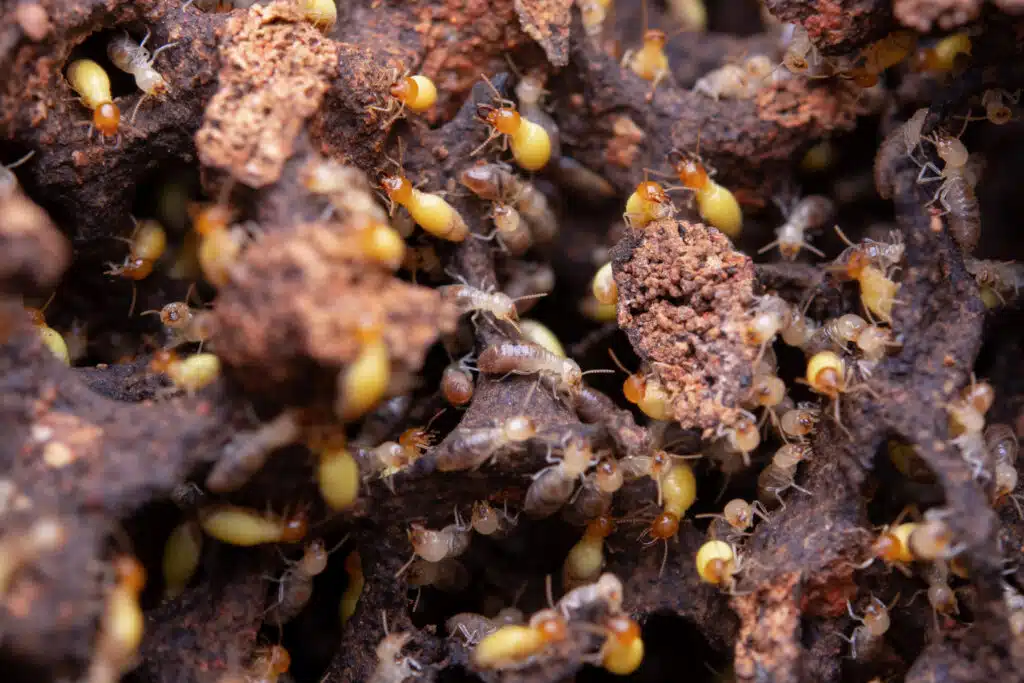
The Role of Baby Termites in the Colony
Baby termites, in their various stages, fulfill essential roles within the termite colony:
- Workers: Nymphs in the worker caste are responsible for tasks such as foraging for food (cellulose materials), constructing and repairing tunnels and nests, and caring for other nymphs, including feeding them.
- Soldiers: Nymphs in the soldier caste defend the colony against threats, primarily predators like ants. They use their large, powerful jaws to fend off attackers.
- Reproductives: Some nymphs develop into reproductives with wings and can fly. They are often mistaken as flying ants. These reproductives leave the colony during a termite swarm to start new colonies, becoming future kings and queens.
Behavior and Habits of Baby Termites
Baby termites exhibit specific behaviors that help the colony thrive:
- Trophic Egg Laying: Worker termites feed on cellulose-rich materials and then return to the nest to regurgitate a partially digested substance known as trophallaxis. This liquid is fed to other colony members, including nymphs, helping them grow and develop.
- Nest Maintenance: Nymphs are instrumental in maintaining and repairing the termite nest. They constantly work on expanding and reinforcing the nest structure to accommodate the growing colony.
- Caring for the Queen: Baby termites assist in caring for the queen, feeding her, and attending to her needs. This ensures the queen’s longevity and continued reproduction.
Identifying Baby Termites
Recognizing baby termites can be challenging as they are small and pale in color. They look similar to adult termites but lack wings and are often lighter in color. When disturbed, they may retreat deeper into the nest or tunnels.
Dealing with Baby Termites
The presence of baby termites in your home strongly indicates a termite infestation. Dealing with these destructive pests is crucial to prevent further damage. Here are some steps to consider:
- Inspection: If you suspect a termite infestation, it’s essential to have your home inspected by a professional pest control expert. They can confirm the presence of termites, including baby termites, and assess the extent of the infestation.
- Treatment: Treatment options will be recommended once a termite infestation is confirmed. Termite treatments may include liquid termiticides, baits, or fumigation, depending on the severity of the infestation and the type of termites involved.
- Prevention: After treatment, it’s vital to implement preventive measures to avoid future infestations. This may include regular inspections, proper drainage, eliminating wood-to-soil contact, and keeping firewood and mulch away from your home’s foundation.
- Professional Assistance: Dealing with termites, especially a significant infestation, is the best job for professionals. Pest control experts have the knowledge, tools, and experience to effectively eradicate termites and protect your home.
Conclusion
Baby termites, though small and inconspicuous, are integral to the survival and growth of a termite colony. Understanding their life cycle, behaviors, and the signs of their presence is crucial for homeowners looking to protect their properties from termite damage. If you suspect a termite infestation, you must act promptly by seeking professional pest control services to address the issue and prevent further destruction to your home. By being informed and proactive, you can safeguard your property from the destructive impact of baby termites and their adult counterparts.
Related Articles
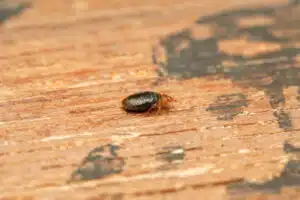
Tick vs. Bed Bugs: Differences and Similarities
Understanding the differences between two common blood-sucking pests, ticks and bed bugs, is important. We want to make sure you know exactly what kind of pests you’re dealing with,
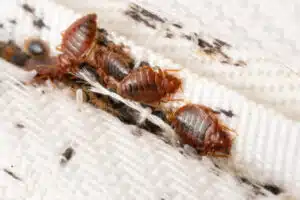
Where Do Bed Bugs Come From, and How to Prevent Them? A Guide for Salt Lake Residents
Bed bugs can be a major nuisance and cause various physical and emotional problems, including skin irritation, anxiety, and sleep disturbances. In Salt Lake City, bed bugs are a growing concern, especially in apartment buildings, hotels, and other high-density living spaces. But where do bed bugs come from, and how can you prevent them from infesting your home or property?
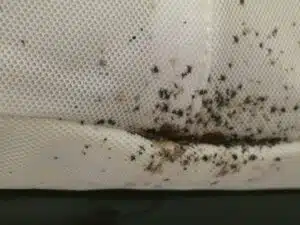
Are All the Tiny Black Bugs in My Bed Bed Bugs?
Sleeping is one of the things that we look forward to after a very long day. We recharge ourselves by sleeping by the end of the night to be refreshed the next day. But we can be disturbed even during our sleep by pesky pests crawling and hiding where we sleep. That’s terrifying, right? Pests that are known to annoy us during our sleep are bed bugs. They are usually found where humans and other pets sleep. Bed bugs can be almost anywhere in the world – even in your Saltlake home! They can be annoying because they suck your blood and leave you with an itch and bumps in the infected area. So blood attracts them, even the blood of other animals. Therefore, you should conduct bed bug removal if you have them. If you find bugs on your beds, you might think they are bed bugs. But are they?

Can Bed Bugs Live in Your Car?
Bed bugs are small, flat, and oval-shaped insects that feed on the blood of humans and animals. During the day, bed bugs hide in cracks and crevices around beds, furniture, and baseboards. You can also find them in mattresses, bed frames, blankets, carpets, and other fabric items throughout your home. While it is possible for bed bugs to infest your car, they’re less likely to do so than inside a house or other structure.
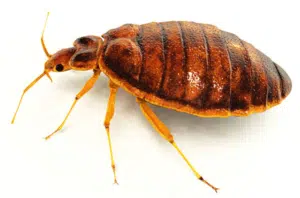
How to Find Bed Bugs in Your Home
Bed bugs are small, blood-sucking that feed on human and animal blood. They belong to the family Cimicidae, contain over 100 species, and have been around for millions of years.

Can Bed Bugs Jump?
Bed bugs are a common household pest that can be difficult to get rid of. These tiny insects can live in any crevice or crack in your home and feed on blood.
